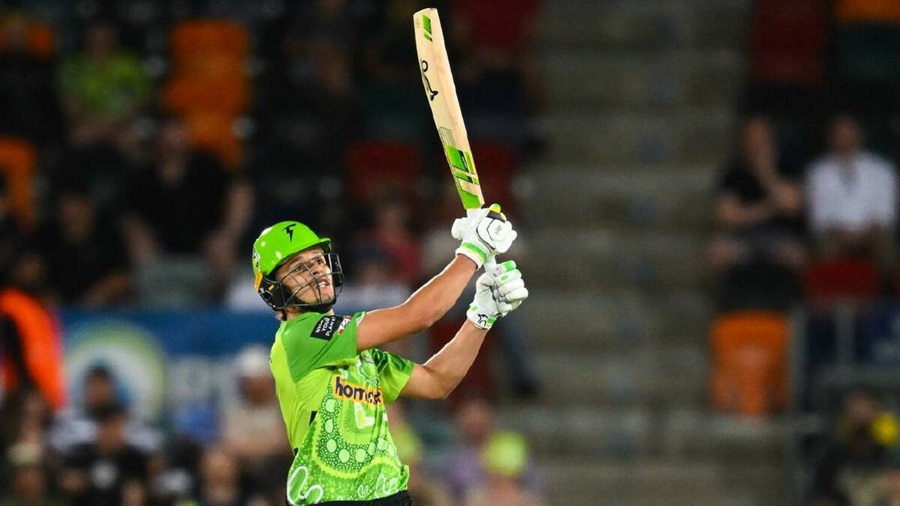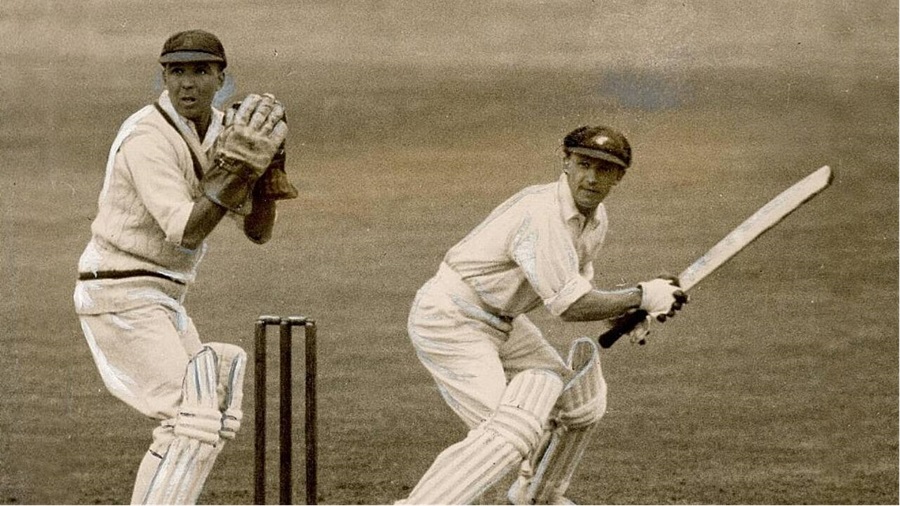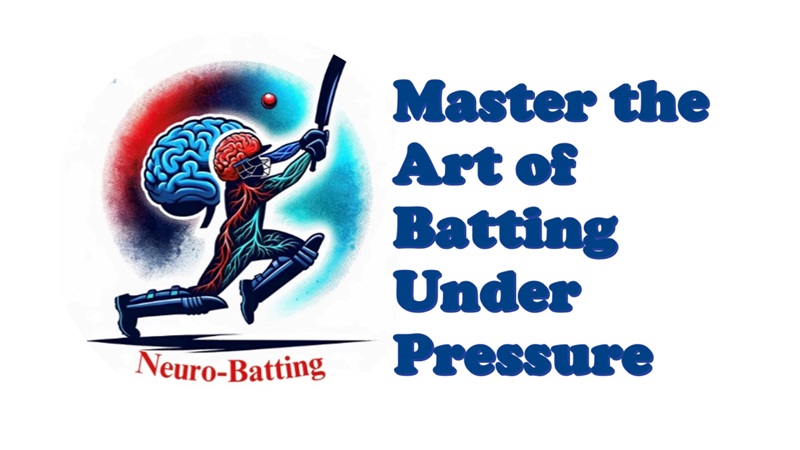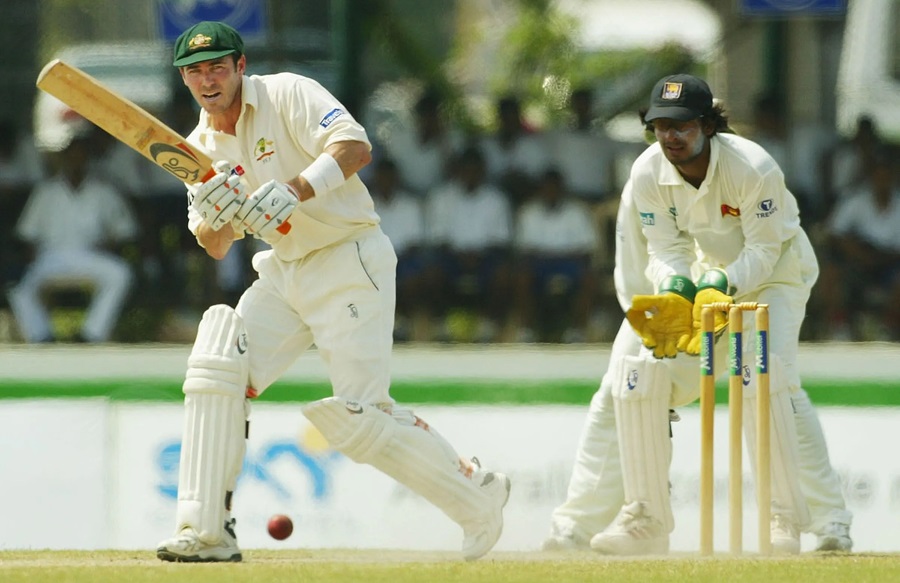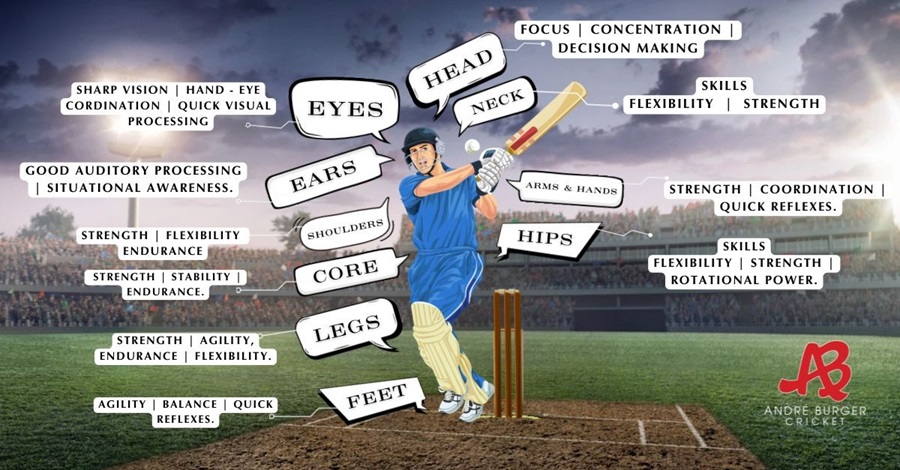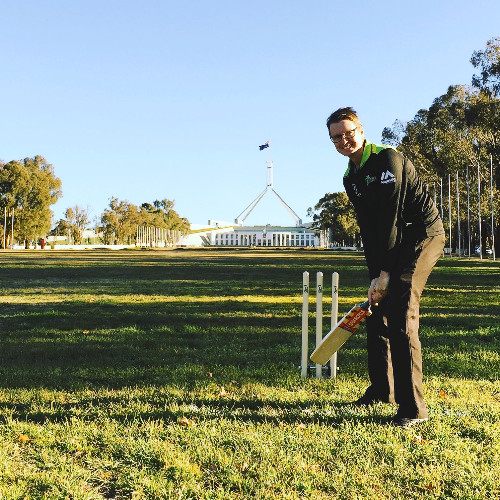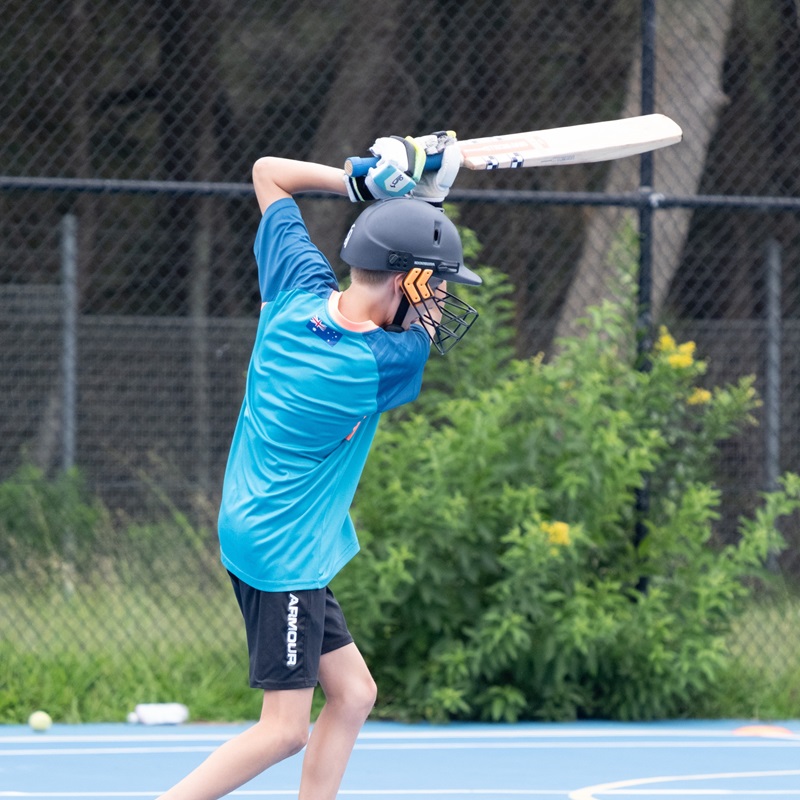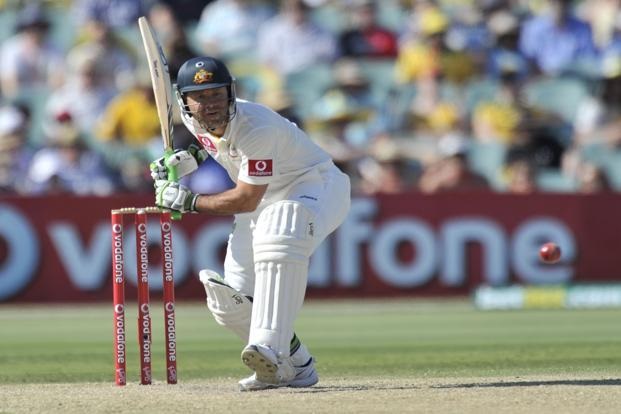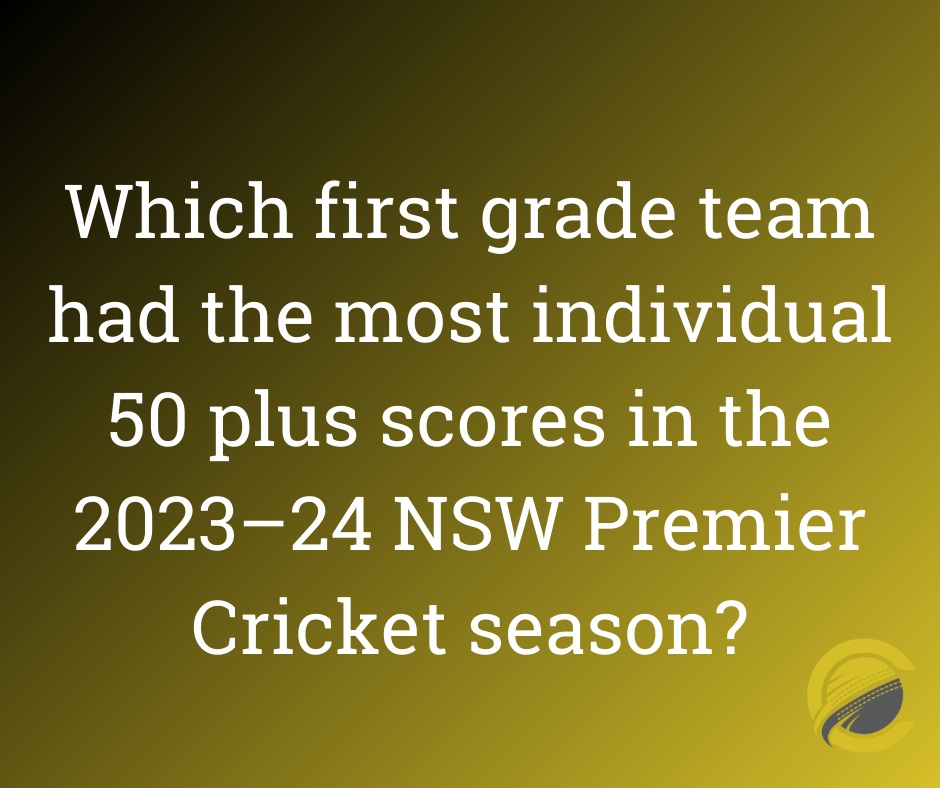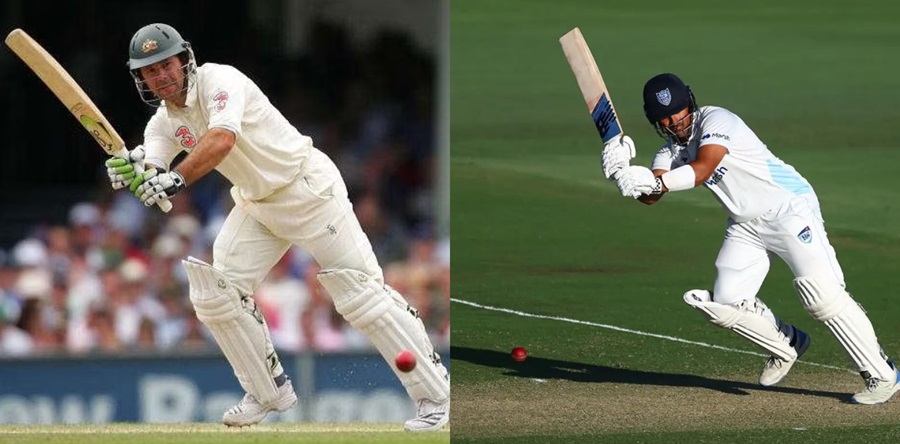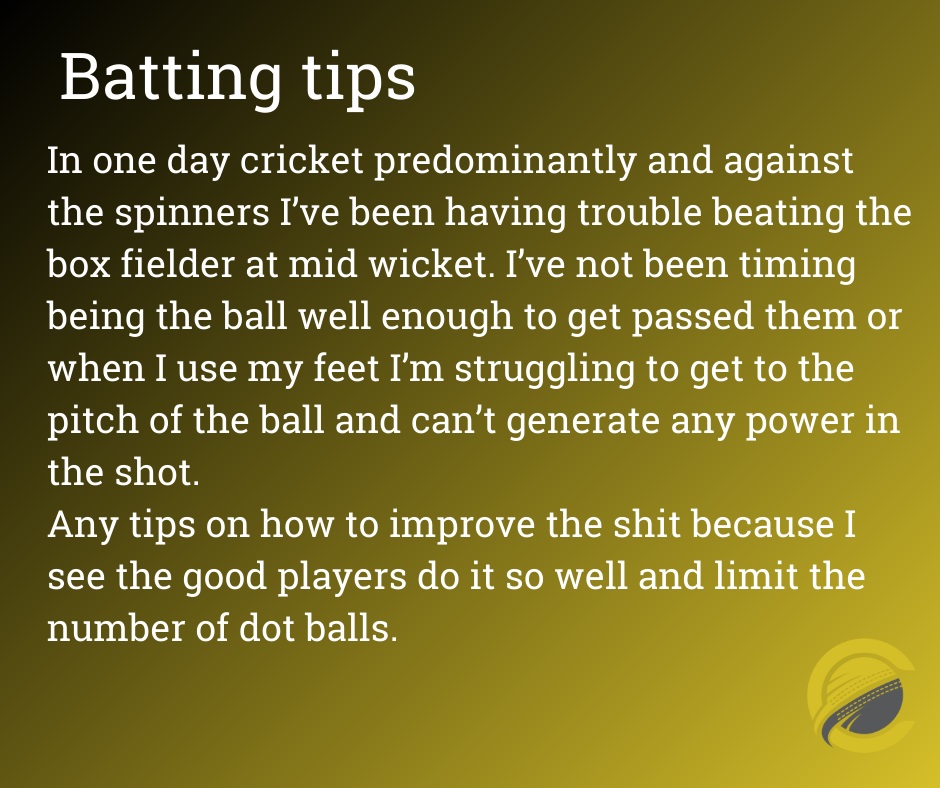4 months ago


I would be hypocritical in the eyes of English cricket supporters, if I didn’t comment on the Sam Konstas ‘Bazball’ Boxing Day innings.

Tony Goodfellow
Ballina, New South Wales, Australia
5 Likes
0 Followers
0 Followers

I would be hypocritical in the eyes of English cricket supporters, if I didn’t comment on the Sam Konstas ‘Bazball’ Boxing Day innings.
The Konstas innings was fuelled by adrenaline, youthful exuberance and wonderful hand eye coordination, however, for all its flashiness, there will come a time where the young opener will have to knuckle down and grind out the runs.
As I have posted previously, the ‘Bazball’ style of play displayed by Konstas on debut, as exciting as it was to watch, cannot be sustained successfully across all Test match conditions.
What makes me especially nervous is the premeditation of the Konstas ramp shot. When this shot comes off it can look spectacular, as it did early in his innings, however, the batsman can be made to look silly, especially in a Test match, if it doesn’t come off.
Konstas is a rare talent and a breath of fresh to the Australian cricket team and his aggressive style of play, certainly had Virat Kohli and the Indians as rattled, as he had the MCG crowd and TV viewers entertained.
Whether or not Konstas can sustain his ultra aggressive style of play long term in Test cricket is the burning question, however, in the meantime, it will be fun to watch
Read More



